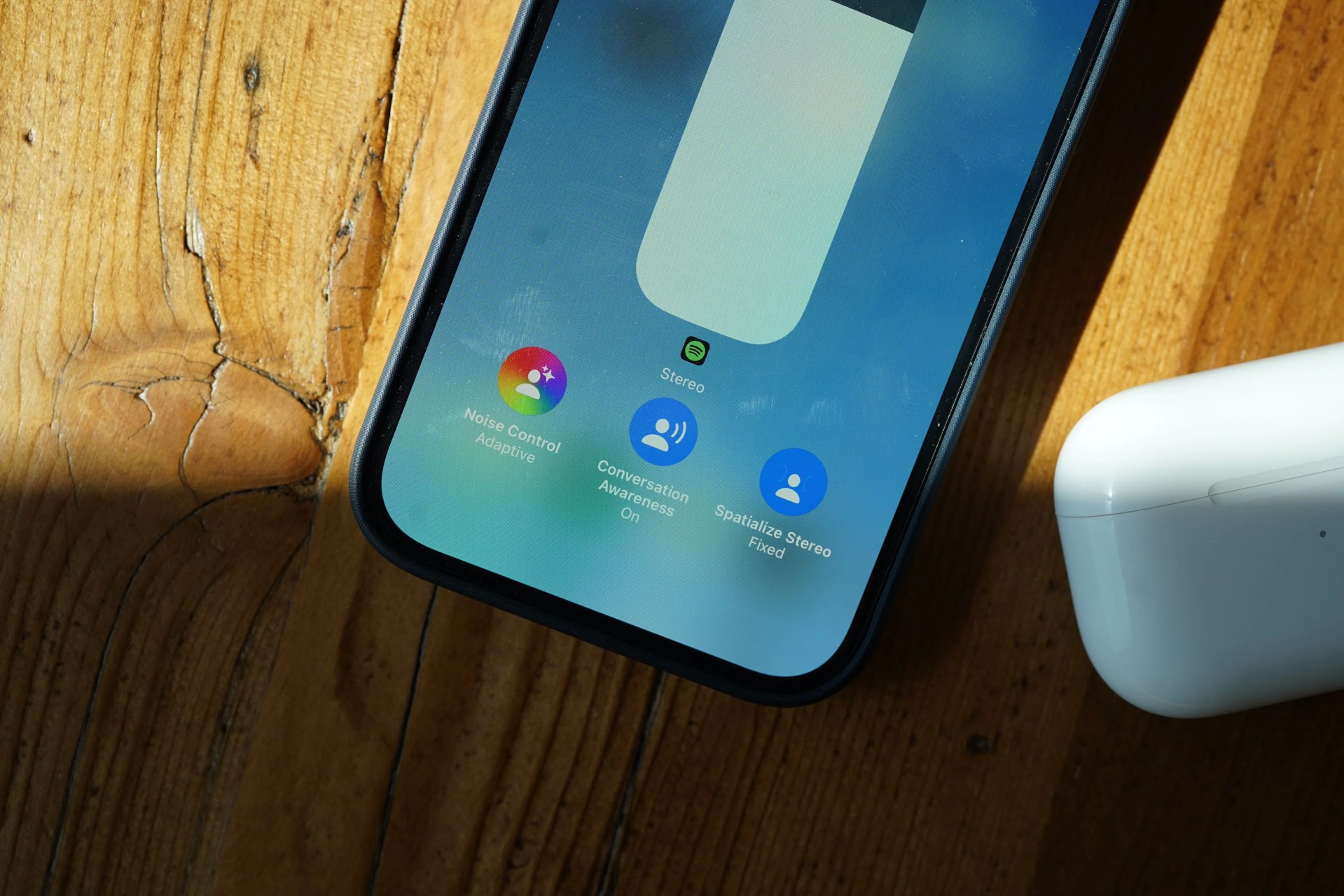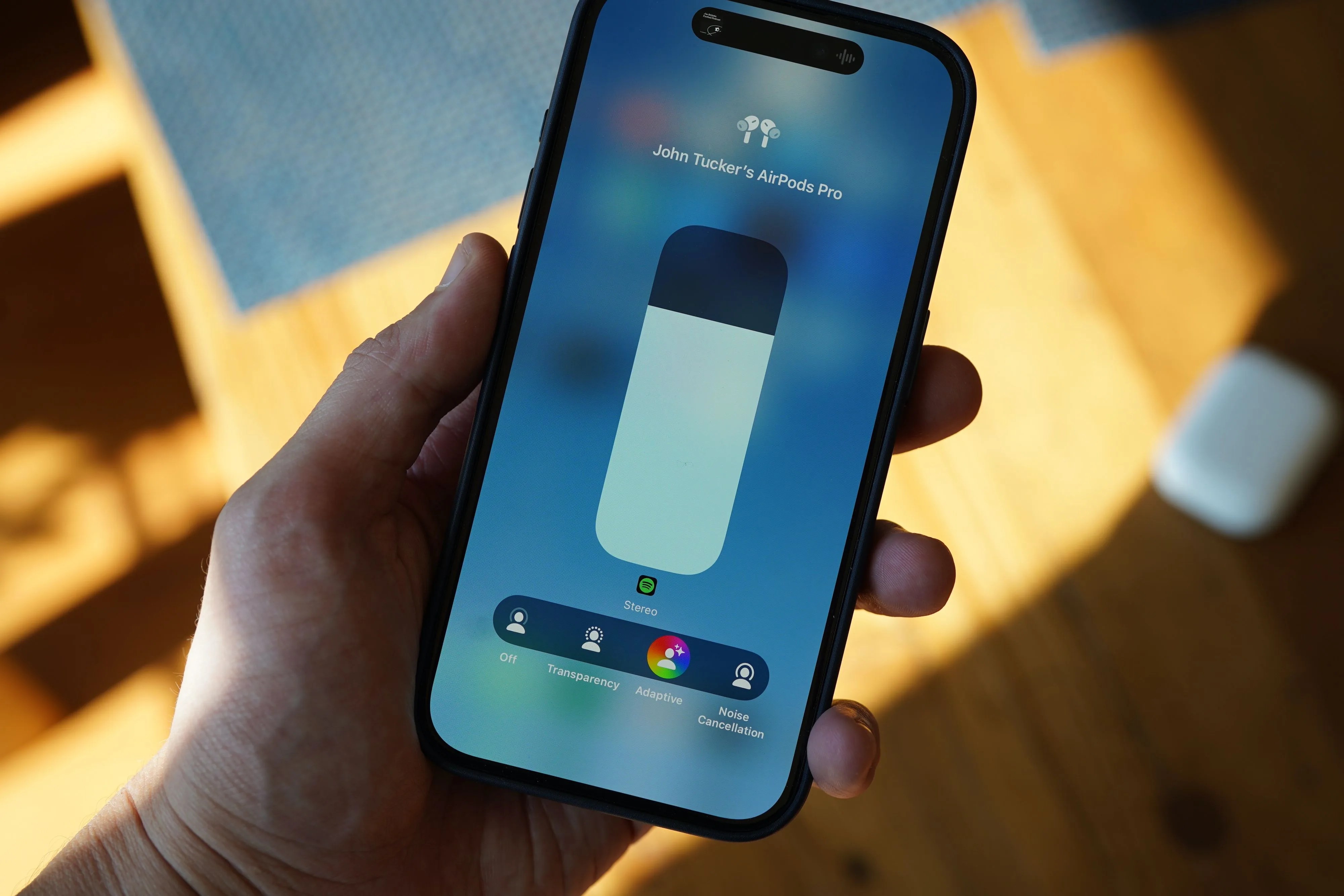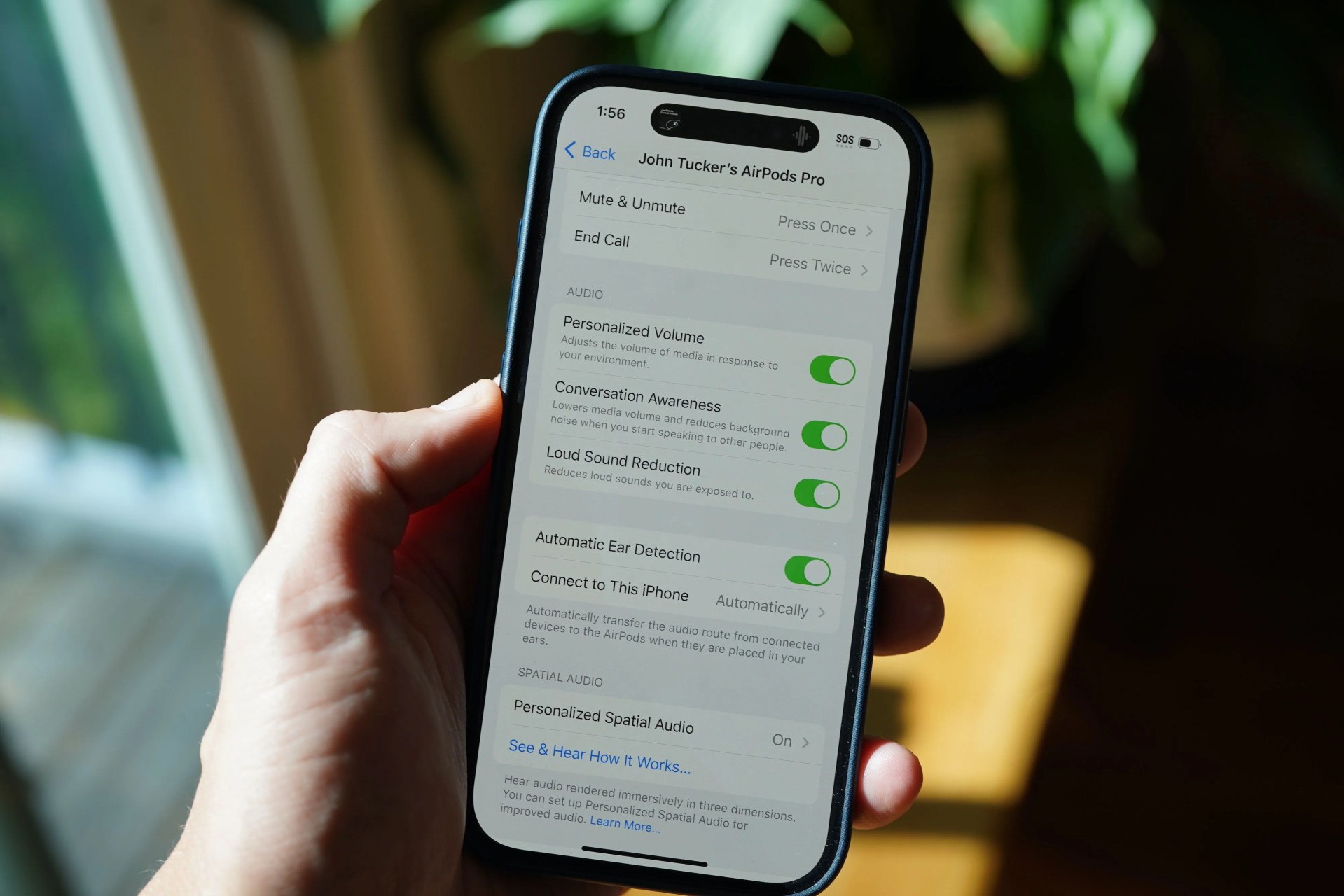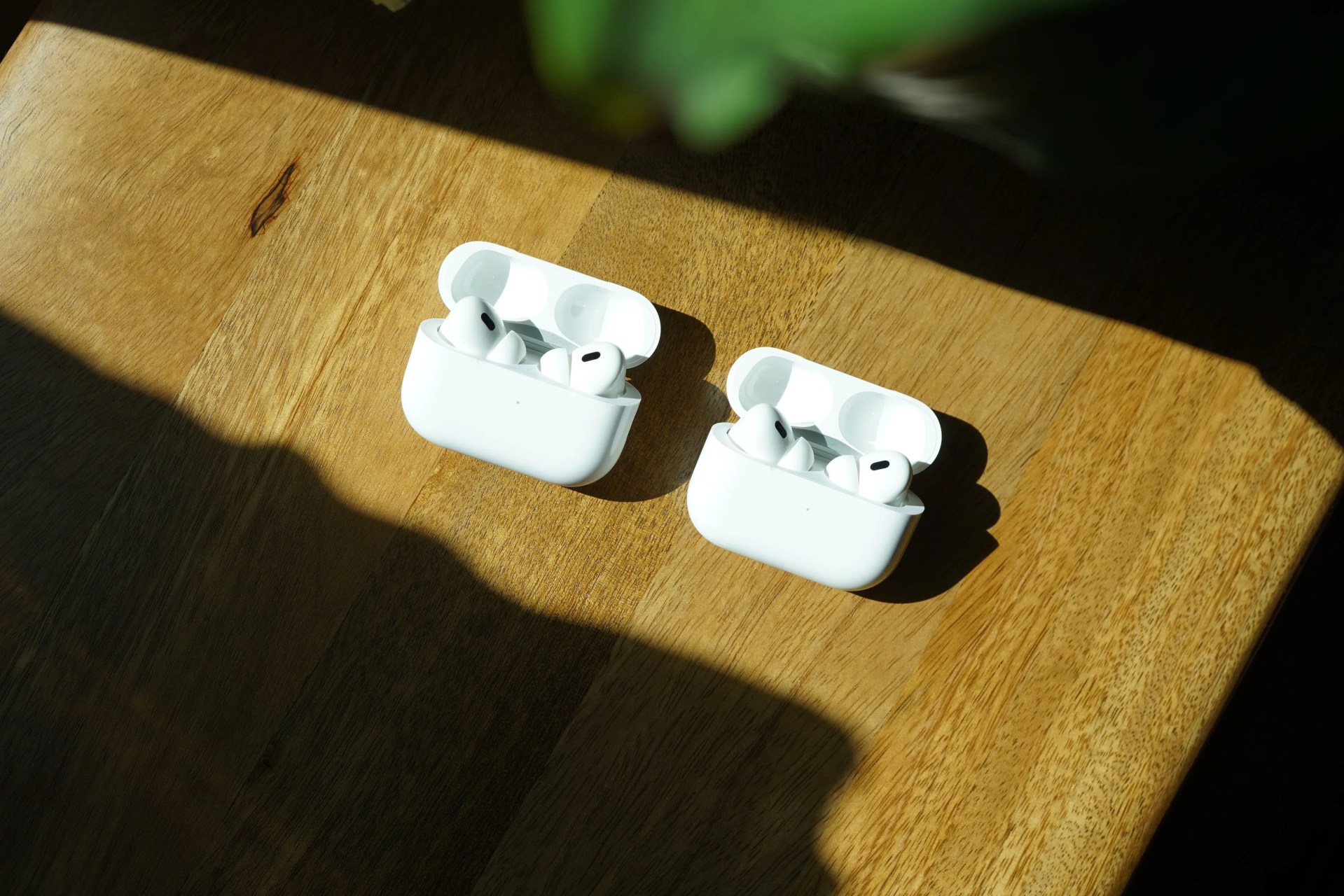Last year, Apple released new AirPods Pro — often referred to as AirPods Pro (2nd-Gen) or AirPods Pro 2 — with double the active noise-cancellation, an improved transparency mode (called Adaptive Transparency), on-stem volume touch controls and a charging case that supported Precision Finding and had a built-in speaker. They were a big upgrade.
Just a year later, Apple has released even newer AirPods Pro that are, well, just a little bit of an improvement. They add dust resistance and USB-C charging, but everything else — fit, sound, noise-cancellation, price and so on — is the same.
If you bought new AirPods Pro in the past year, there’s little reason to upgrade to the new models. But that’s also because, thanks to the release of iOS 17, Apple has rolled out some new features to both 2022- and 2023-released AirPods Pros via a software update. Each now supports Adaptive Audio, Personalized Volume and Conversation Awareness — and these are the real upgrades.
We talked with Ron Huang, VP of Sensing and Connectivity at Apple for some insight as to how these features were made possible, and how to get them to work for you. It’s also worth mentioning that these features are powered by Apple’s H2 chipset, which is only in the second-generation AirPods Pro; you can’t get them in any other AirPods, including the first-generation AirPods Pro or AirPods Max.
What is Adaptive Audio?

Adaptive Audio is a setting that takes advantage of both active noise-cancellation and transparency modes. With AirPods Pro, you previously had to pick between the two modes — or just turn them both off — but with Adaptive Audio turned on, your AirPods Pro monitors the ambient sounds around you and then adjusts the ANC and transparency levels accordingly.







